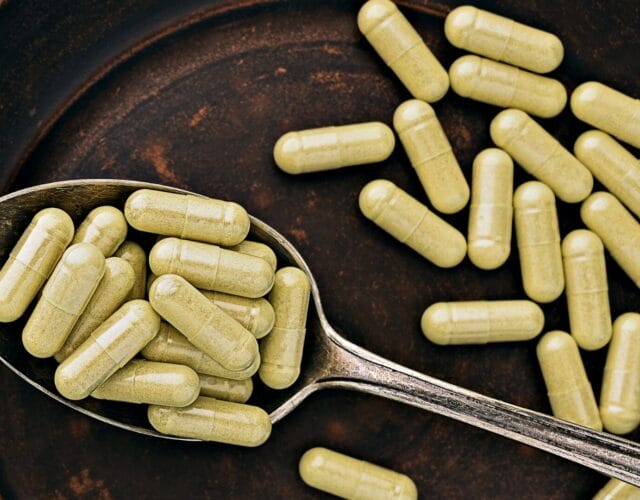Disclaimer: This post may contain affiliate links, meaning I may earn a small commission if you make a purchase through these links at no extra cost to you.
As parents, we juggle countless worries, from scraped knees to too much screen time. But one thing that often flies under the radar is the air we breathe indoors.
Indoor air pollution can significantly affect our health especially since we spend around 90% of our time indoors (Carslaw et al., 2023). According to the World Health Organization (WHO), indoor air pollution is one of the most critical environmental threats to public health (González-Martín et al., 2024). Poor indoor air quality can worsen allergies, asthma, and respiratory issues, making it essential to take simple steps to keep our indoor environments clean and healthy.
The good news? A few easy, practical changes can clear the air (literally!) without turning your life upside down. Below are five simple ways to boost your home’s air quality.
1. Increase Ventilation
Fresh air is one of the easiest ways to improve indoor air quality, yet many of us unknowingly trap pollutants inside by keeping windows shut. Proper ventilation helps remove volatile organic compounds lingering in your home (Tsoulou et al., 2021).
What to do:
✔ Open windows and doors regularly to improve airflow.
✔ Time it wisely. If you live near heavy traffic or industrial areas, opt for early mornings or late evenings when outdoor pollution levels are lower (Carslaw et al., 2023).
✔ Use exhaust fans while cooking or showering to prevent moisture buildup and reduce indoor pollutants.
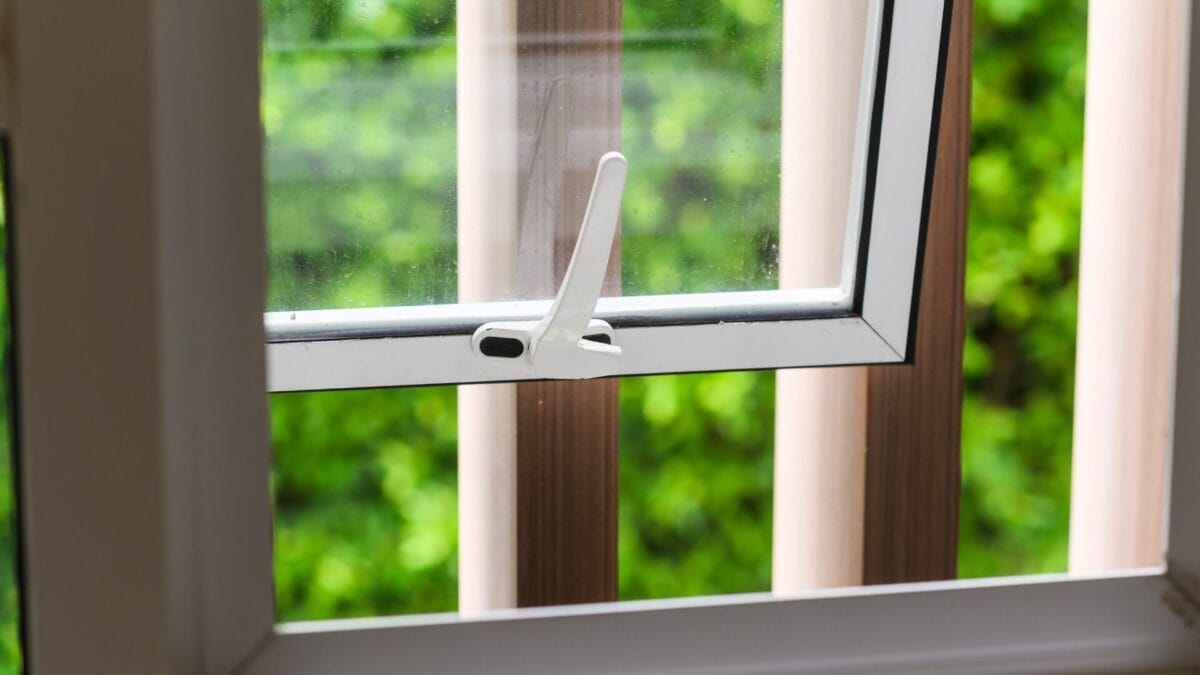
2. Vacuum Smart: Use HEPA Filters and Dust Gently
If your toddler’s favorite hobby is scattering cracker crumbs everywhere, vacuuming is already part of your weekly (or daily!) routine. But did you know that vacuuming without a HEPA filter can actually kick dust and allergens back into the air?
Older vacuums without HEPA filters tend to redistribute fine particles instead of trapping them. Studies show that using non-HEPA vacuums or dry dusting can actually increase indoor air pollution instead of reducing it (Tsoulou et al., 2021).
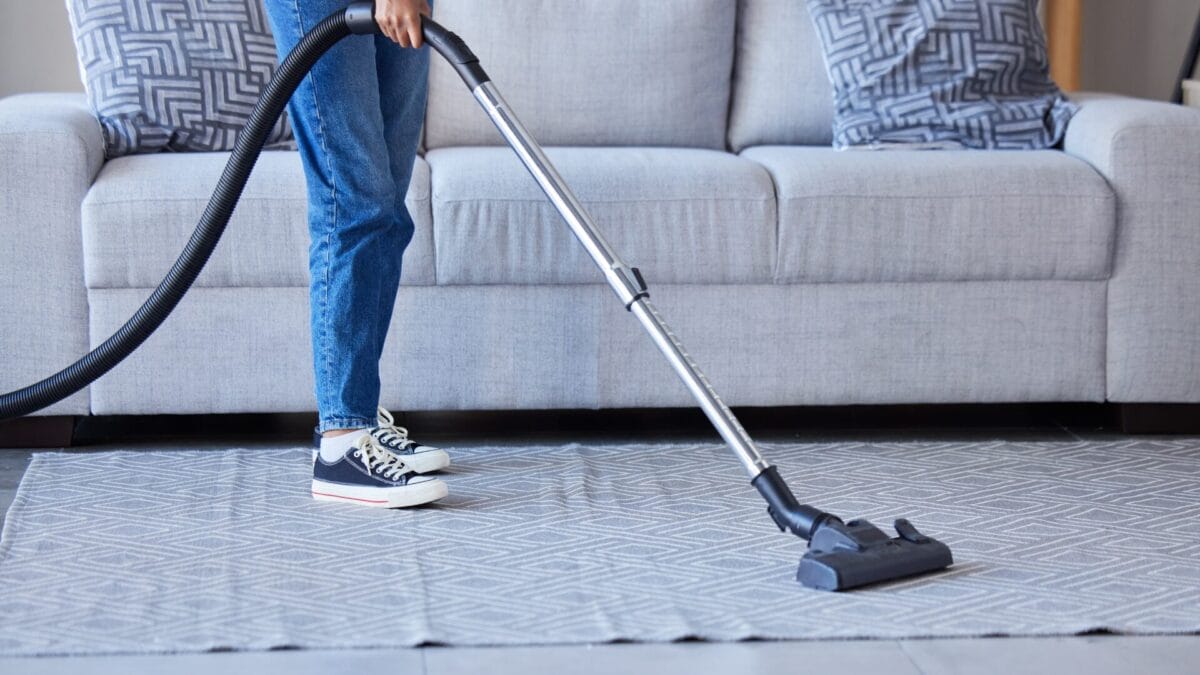
What to do instead:
✔ Upgrade to a vacuum with a HEPA filter, which captures dust, pollen, pet dander, and microscopic pollutants instead of blowing them out the exhaust.
✔ Dust with a slightly wet cloth instead of dry dusting, so particles stick to the cloth rather than floating around.
✔ Change or clean your vacuum filter regularly—a clogged filter won’t do much good!
These small tweaks ensure that cleaning actually improves air quality rather than just rearranging dust. (Bonus: your sinuses will thank you during allergy season!)
3. Reduce Pollutants from Cooking
Cooking brings families together, but it also releases pollutants into the air. Gas stoves produce nitrogen dioxide (NO₂), carbon monoxide (CO), and grease particles, which can accumulate indoors and contribute to respiratory issues (Massachusetts Department of Public Health, n.d.).
What to do:
✔ Turn on your range hood or exhaust fan while cooking (make sure it vents outside, not just recirculate air!).
✔ If you don’t have an exhaust fan, crack open a window while cooking to let pollutants escape.
✔ Consider switching to an electric or induction stove, which produces fewer indoor air pollutants.
✔ Keep your gas stove burners clean and schedule periodic maintenance for better efficiency and lower emissions.
4. Avoid Chemical-Based Cleaners & Other Hidden Pollutants
We all love a home that smells like a cozy vanilla cupcake or a tropical beach, but scented candles, air fresheners, and incense can worsen indoor air pollution. Studies have shown that burning candles even for just a few hours dramatically increases harmful particle levels indoors (Gabel et al., 2024).
Additionally, many household cleaners contain volatile organic compounds, which can contribute to headaches, dizziness, and respiratory irritation (González-Martín et al., 2024).
Reducing indoor air pollution starts with the products you use every day. Swap harsh chemicals for eczema-friendly, non-toxic cleaners to create a healthier home for your family. Click here for 13 simple laundry and cleaning tips that are gentle on skin and tough on allergens!
What to do instead:
✔ Swap chemical-based cleaners for natural options like baking soda, vinegar, and free from harmful toxins. Force of Nature cleans the mess without the toxins! One bottle of goodness cleans, deodorizes, disinfects and sanitizes. Click the image below to try it out!
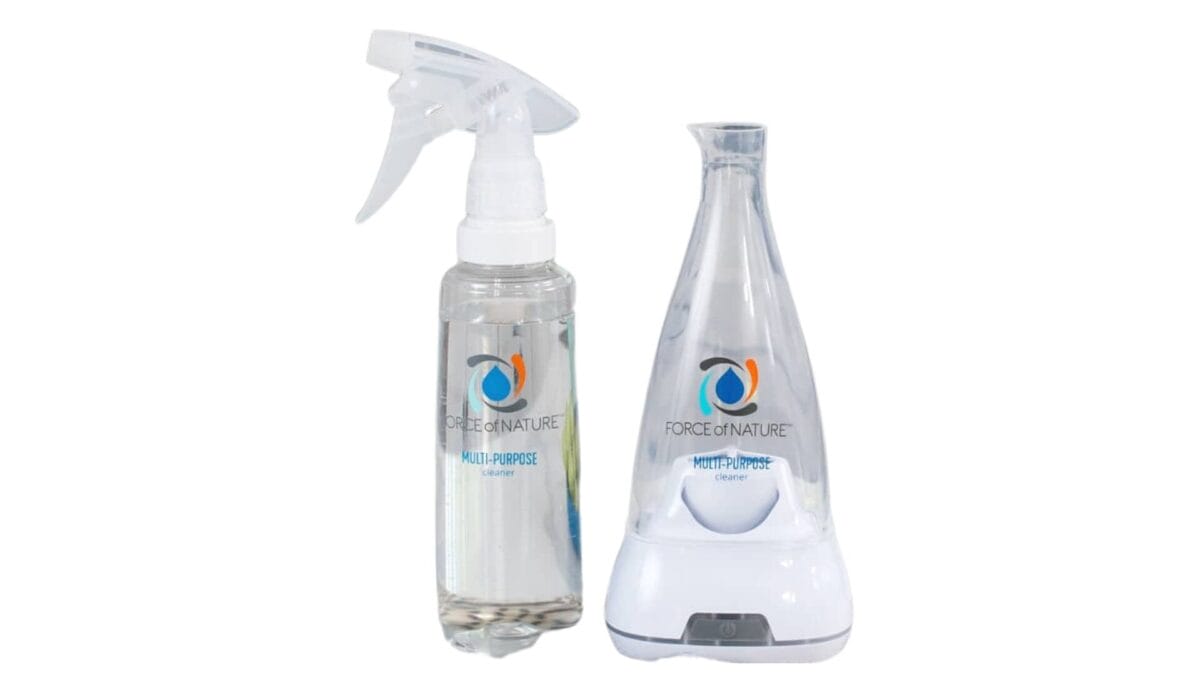
✔ Ditch the scented candles, incense, and aerosol sprays and opt for essential oil diffusers or a pot of simmering citrus and herbs for a fresh, natural scent.
✔ Reduce or avoid the use of air fresheners, as they contribute to indoor pollution.
5. Let an Air Purifier Do the Work
Wouldn’t it be nice to have an assistant quietly cleaning the air while you tackle your never-ending to-do list? Enter the Air Purifier, this can be your home’s invisible helping hand.
A high-quality air purifier with a HEPA filter is like a vacuum for the air as it continuously pulls in dirty air, traps pollutants, and releases cleaner air. Research shows that running a HEPA air purifier can reduce fine particulate matter indoors by 50% or more (Lu et al., 2024).
What to do:
✔ Place a portable air purifier in key areas like bedrooms and living rooms.
✔ Choose an air purifier with a HEPA filter for maximum particle removal. The AirDoctor takes mold, flu and COVID particles out of the air. Click the image below to get it for a discounted price!
✔ Change filters as recommended to maintain efficiency.
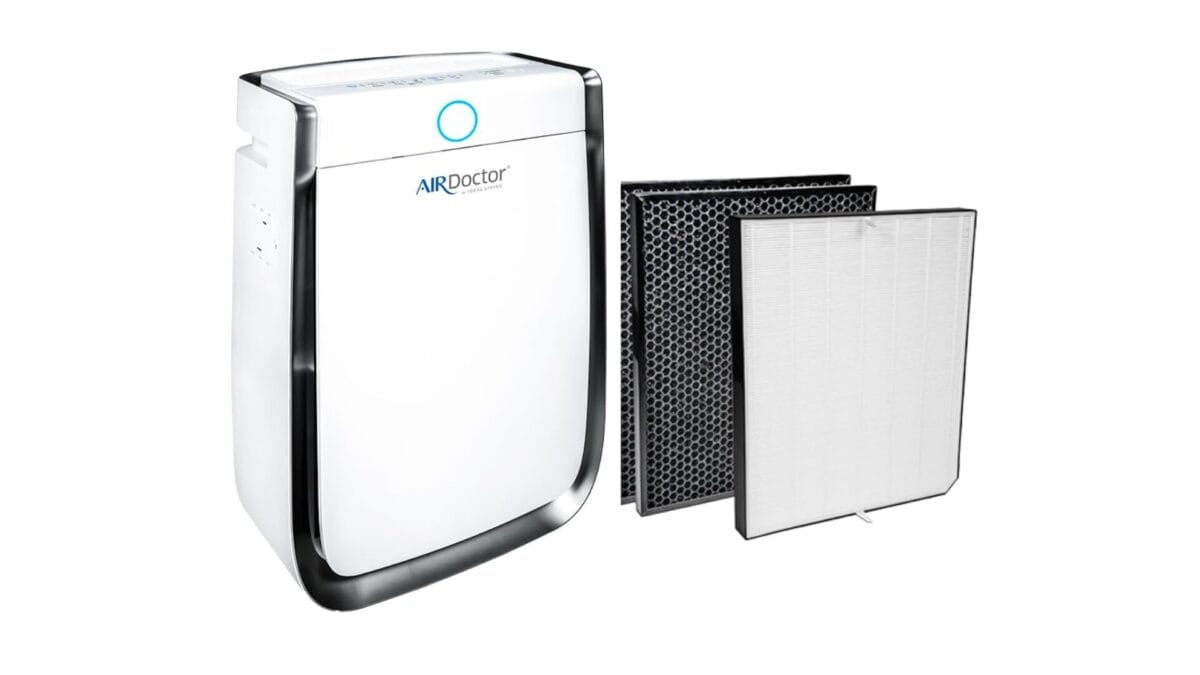
If you have pets, allergies, or live in an area with poor outdoor air quality, an air purifier can be a game-changer for breathing easier indoors.
Breathe Easier Guide
Struggling with sneezes, stuffy noses, and itchy eyes as spring rolls in? I’ve put together a Free Spring Allergy Survival Guide packed with practical tips and natural solutions to help you and your family enjoy the season without the sniffles.
Final Thoughts
Improving your home’s air doesn’t require a PhD, a hazmat suit, or turning your house upside-down. As we’ve seen, small daily habits can lead to significantly cleaner indoor air (Tsoulou et al., 2021).
A quick recap of simple ways to reduce indoor air pollution:
✔ Open windows for better ventilation
✔ Vacuum smart with a HEPA filter
✔ Use an exhaust fan when cooking
✔ Ditch chemical-based cleaners, scented candles & air fresheners
✔ Let an air purifier do the work
Each small change adds up to better indoor air quality, making a difference in your family’s allergy symptoms, respiratory health, and overall well-being.
The best part? Cleaner air means fewer sniffles, better sleep, and a home that truly feels fresh.
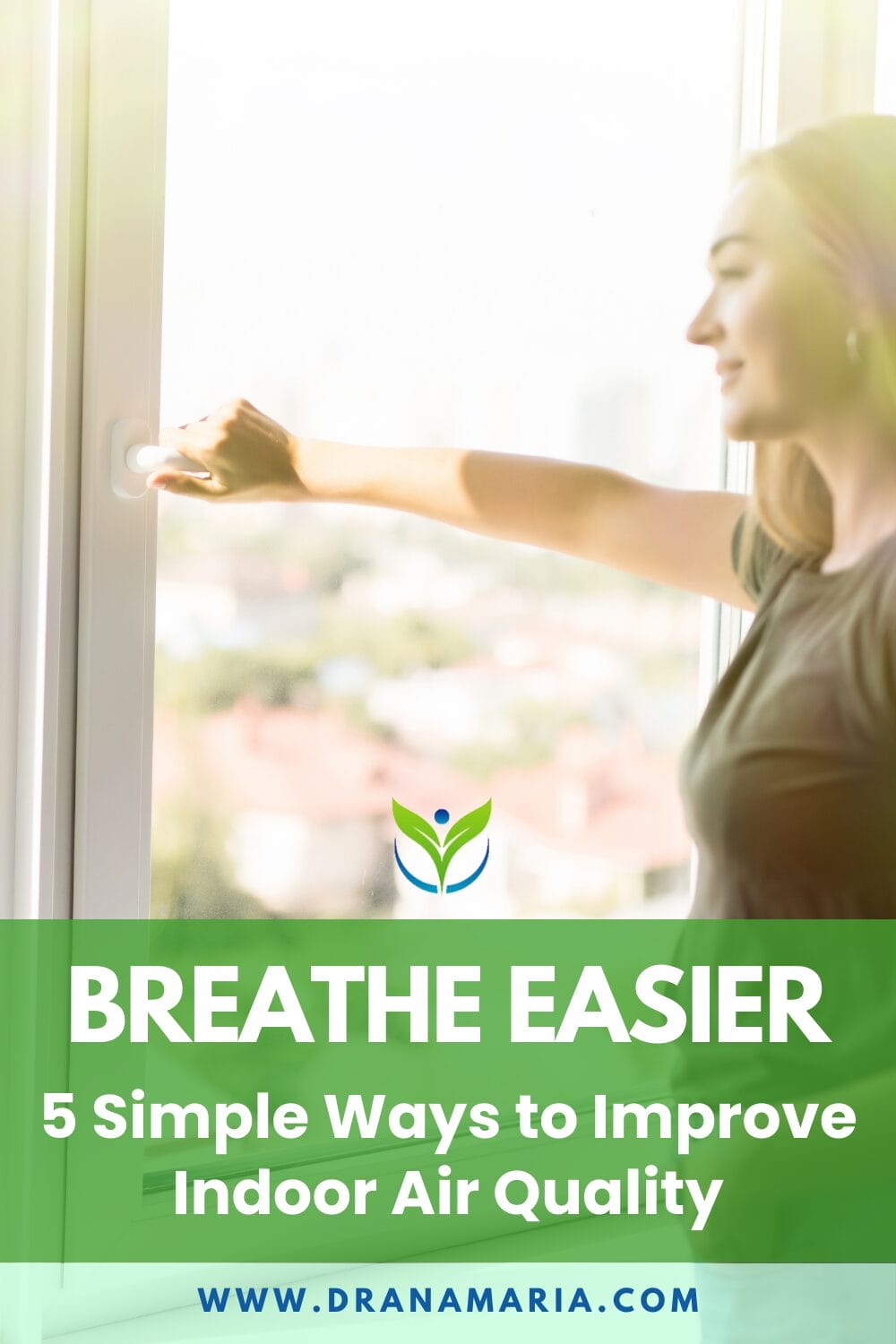
References
Carslaw, N., Bekö, G., Langer, S., Schoemaecker, C., Mihucz, V. G., Dudzinska, M., … Shaw, D. (2023). A new framework for indoor air chemistry measurements: Towards a better understanding of indoor air pollution. Indoor Environment. https://doi.org/10.1016/j.indenv.2023.100001
Gabel, C., Sigsgaard, T., Petersen, S., & Elholm, G. (2024). The prevalence and association of measured and perceived indoor air quality, housing characteristics, and residents’ behavior and health. Frontiers in Environmental Health, 3. https://doi.org/10.3389/fenvh.2024.1358546
Lu, F. T., Laumbach, R. J., Legard, A., Myers, N. T., Black, K. G., Ohman-Strickland, P., Alimokhtari, S., de Resende, A., Calderón, L., Mainelis, G., & Kipen, H. M. (2024). Real-world effectiveness of portable air cleaners in reducing home particulate matter concentrations. Aerosol and Air Quality Research, 24, 230202. https://doi.org/10.4209/aaqr.230202
Massachusetts Department of Public Health. (n.d.). Indoor air quality. Massachusetts Environmental Public Health Tracking. Retrieved March 15, 2025, from https://matracking.ehs.state.ma.us/Environmental-Data/indoor-air-quality/index.html
Tsoulou, I., Senick, J., Mainelis, G., & Kim, S. (2021). Residential indoor air quality interventions through a social-ecological systems lens: A systematic review. Indoor Air, 31(5), 1387-1412. https://doi.org/10.1111/ina.12835



